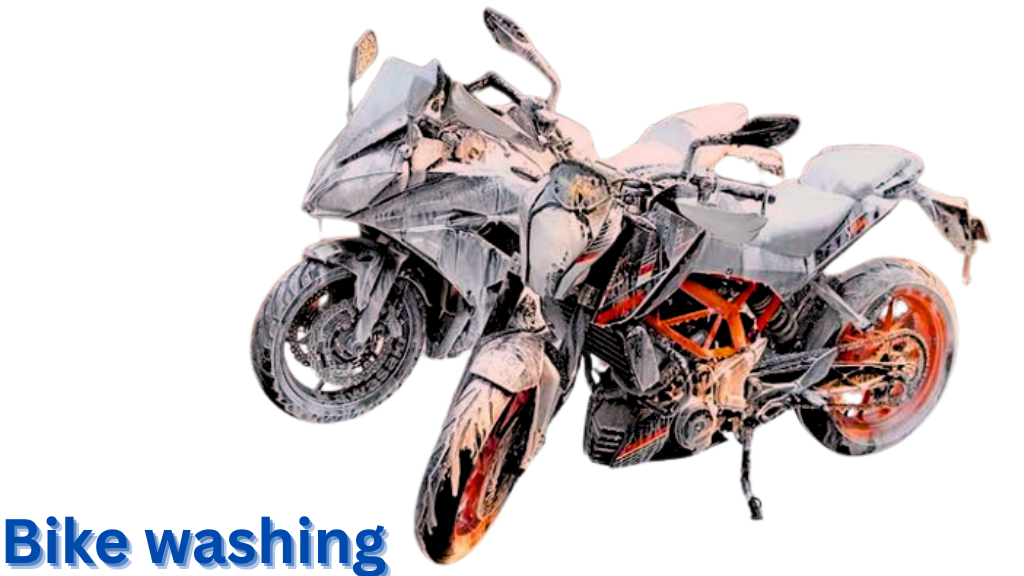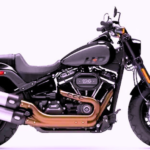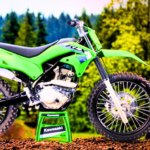Bike Washing
Bicycles require more than just regular riding—they need care and maintenance too. One of the most important habits for keeping your Bike Washing running smoothly is regular bike washing. This practice not only makes your bike shine but also helps preserve its working parts,
Alowing for a smoother and safer riding experience. In this article, we’ll walk you through everything you need to know about keeping your bike clean.
Here’s why cleaning your bike should be part of your regular routine:
Protects Against Rust
- Dirt and moisture promote corrosion on metal surfaces, which washing helps remove.
✔ Optimizes Performance
- A clean drivetrain improves gear shifting and overall smoothness while riding.
✔ Extends Component Life
- Regular cleaning prevents dirt build-up that can wear down moving parts.
Improves Safety
- Spotting worn tires, brake issues, or cracks is easier on a clean bike.
Must-Have Tools and Cleaning Products
Essential Cleaning Tools
- Soft brushes for delicate surfaces
- Sponge or microfiber towel
- Water bucket
- Spray bottle or hose (low pressure)
- Chain cleaning brush
- Bike repair stand (optional but helpful)
Cleaning Solutions and Lubricants
- Mild bike cleaner or eco-friendly soap
- Degreaser for drivetrain
- Chain lubricant
- Frame polish spray (optional)
Step-by-Step Bike Washing Process
Step 1: Get Ready
- Set up your cleaning space in a shaded spot.
- Remove bike accessories like lights and bags.
- Mount the bike on a stand if available.
Step 2: Initial Rinse
- Gently rinse off dust and mud using a hose or spray bottle.
- Keep water away from bearing and electrical parts.
Step 3: Degrease Drivetrain Parts
- Apply degreaser on the chain, cogs, and derailleur.
- Allow it to sit for a few minutes to break down grease.
Step 4: Scrub the Chain and Gears
- Use a chain scrubber or small brush to clean hard-to-reach areas.
- Spin the pedals to ensure even cleaning.
Step 5: Clean the Frame and Wheels
- Wash the frame, tires, and spokes with soapy water.
- Use a brush to remove grime from brakes and suspension parts.
Step 6: Rinse Thoroughly
- Rinse off the soap and degreaser using clean water.
Step 7: Dry Completely
- Wipe with a dry cloth and let air dry in a cool, shaded place.
Step 8: Reapply Lubrication
- Apply fresh lubricant to the chain while rotating the pedals.
- Remove any excess oil with a cloth.
How Often Should You Clean Your Bike?
| Riding Conditions | Suggested Cleaning Frequency |
|---|---|
| Wet, muddy trails | After every ride |
| Urban commuting | Once a week |
| Occasional recreational rides | Every two weeks |
| Dry, dust-free routes | Monthly |
Frequent Bike Washing Mistakes to Avoid
High-Pressure Washing
- Strong water jets can damage seals and force moisture inside bearings.
Wrong Cleaning Agents
- Avoid harsh chemicals that can damage paint and rubber seals.
Skipping Lubrication
- After washing, lubrication is vital to prevent rust.
Overlooking Small Parts
- Don’t forget tight areas like derailleur pulleys and brake levers.
Expert Tips for Thorough Bike Cleaning
- Stick with biodegradable bike shampoos.
- Always clean your bike away from direct sunlight.
- Dry your bike completely to prevent rust.
- Use the cleaning process as a chance to inspect for wear and damage.
Eco-Conscious Bike Washing Practices
- Choose environmentally safe cleaning solutions.
- Wash on grass or gravel instead of pavement.
- Use a bucket of water or a spray bottle to save water.
Quick Do’s and Don’ts
Do’s
- Wash your bike gently with proper tools.
- Lubricate the drivetrain after every wash.
- Perform regular checks on brake pads and tires.
Don’ts
- Don’t blast your bike with high-pressure water.
- Don’t use strong household cleaners.
- Don’t leave your bike wet.
Final Thoughts
Washing your bike is simple, but the rewards are significant. A clean bike runs smoother, looks better, and lasts longer. Whether you cycle daily or ride occasionally, setting aside time for cleaning keeps your bike in excellent condition.
Make it a habit, and you’ll enjoy trouble-free rides and reduced repair costs in the long run.
Bike Washing FAQs
Q1: Can I use regular dish soap for bike washing?
A: While mild dish soap works, bike-specific cleaners are gentler on your bike’s paint and components.
Q2: Should I wash my bike every time I ride?
A: If you’ve been riding in mud or rain, yes. For dry rides, once a week or less is enough.
Q3: What’s the best way to dry my bike?
A: Use a microfiber cloth to remove excess water, then air-dry it in the shade.
Q4: Do I need to remove wheels before cleaning?
A: Not always. Removing wheels makes deep cleaning easier, but for regular washes, it’s not required.
Q5: What happens if I don’t lubricate the chain after washing?
A: A non-lubricated chain will rust quickly and wear out faster.
Q6: Can electric bikes be washed the same way?
A: Mostly yes, but avoid spraying water directly on the battery or control units. Wipe those areas gently with a damp cloth.







